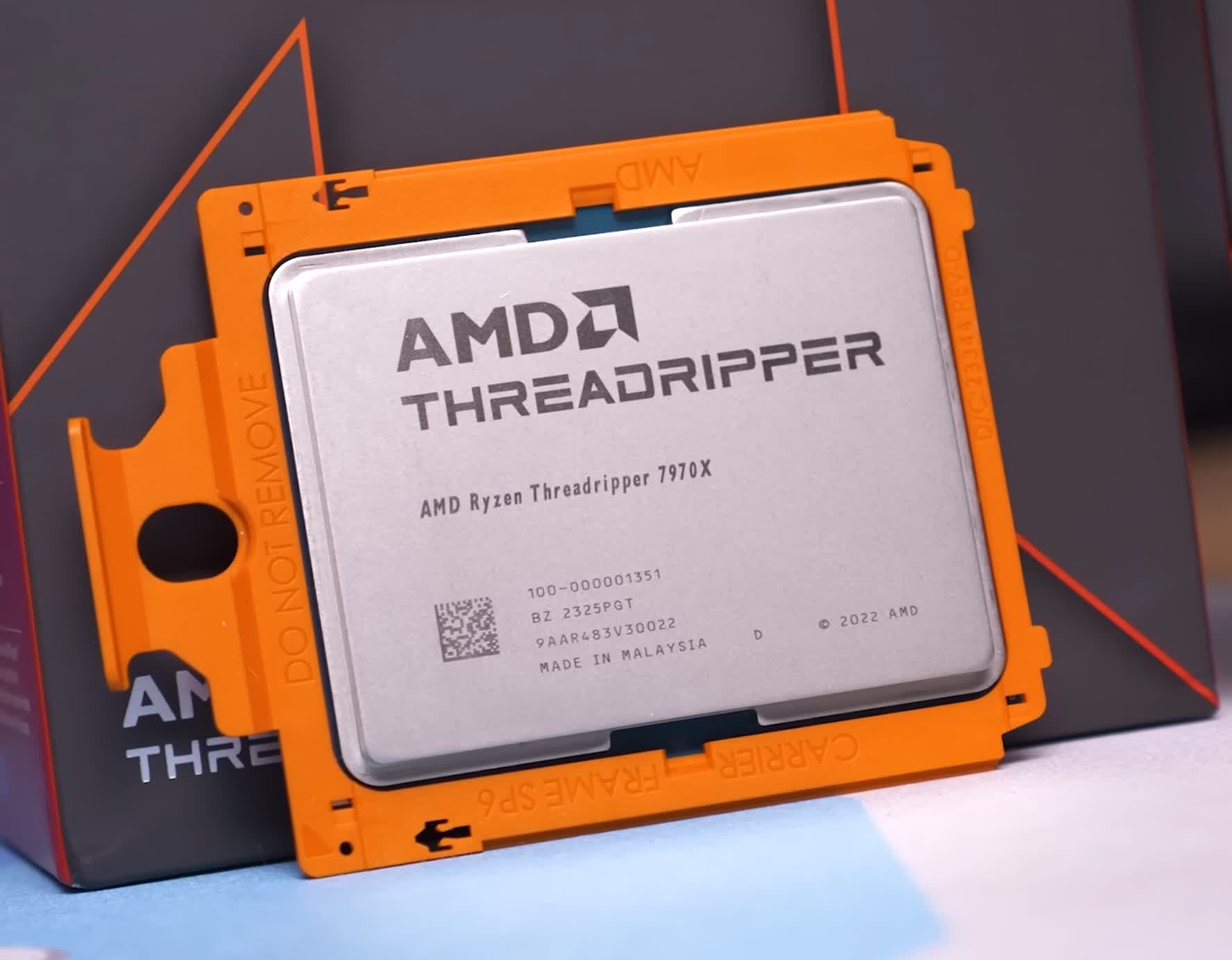TL;DR: AMD has confirmed that new Threadripper 7000 series CPUs (both Pro and standard versions) include an integrated fuse that can be used to determine if overclocking has ever been enabled on the chip.
Also see: AMD Threadripper 7980X and 7970X Review - AMD's Fastest HEDT CPU Yet!
An AMD rep told Tom's Hardware that its Threadripper 7000 series processors contain a fuse that is blown when overclocking is enabled in the BIOS. Contrary to rumors, however, blowing the fuse doesn't automatically void the chip's warranty. Other, unrelated issues could still qualify a CPU for warranty repair or replacement, the rep said. The AMD spokesperson further noted that damage resulting directly from overclocking / overvolting a chip would terminate the warranty.
It's worth noting that AMD isn't against overclocking. If that were the case, the company certainly wouldn't advertise overclocking support as a feature on its WRX90 and RTX50 platforms.

AMD introduced its new Threadripper 7000 Series in November. They are split across two platforms: Pro and standard models. Don't be fooled by the non-Pro nomenclature, however, as even the entry-level 7960X is an absolute multi-core beast that'll set you back $1,500 for the CPU alone.
Steven took a look at two Threadripper chips at launch, the 7970X and the 7980X priced at $2,500 and $5,000, respectively. Using Ryzen Master, he enabled PBO and got roughly a seven percent performance boost in Cinebench albeit at a significant power usage increase. Ultimately, Steven recommended not overclocking these chips for that reason.
It sounds as if AMD plans to use the fuse as a first-step during the warranty process to help them decide the next course of action. What we don't know is exactly how AMD would be able to determine if a chip was damaged as a direct result of overclocking / overvolting or by some other means.
Enthusiasts may be wondering if AMD plans to roll out a similar feature on mainstream, consumer-oriented processors. Simply put, we don't know. It would likely come down to pricing, and how much it costs to add the tech to each chip.
